
Fix White Spot On Any Mobile Screen: You might want to look for solutions if you’ve noticed a white spot on your mobile screen. Any phone, such as Android and iPhone models, might have this problem. For any mobile screen, the troubleshooting and fixing processes are mostly the same. Keep reading to know why there might be a white spot on your screen and how to fix it.
Understanding The Issue
Bright or white spots on your mobile screen can be annoying and disturbing. These spots could appear anywhere on the screen and might be the result of many causes. Let’s explore the possible causes of this and how to fix it.
Here’s how to remove white spots away any mobile phone screen—Android or iOS—that occur anywhere on the screen so why is it occurring and how you can fix it immediately?
Why are White Spots on Any Mobile Screen?
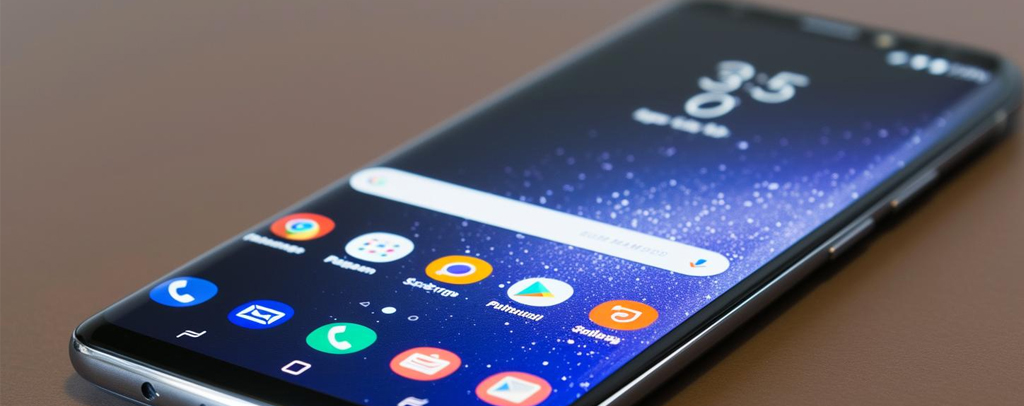
After visiting a nearby tech service center, I learned that bright spots on your screen often result from a recent screen replacement. The technician might have tightened some screws too much, affecting the screen. To fix this, you need to address the issue inside the phone rather than adjusting settings.
If you’re undergoing issues like unresponsive touch or ghost taps, these can usually be fixed through settings adjustments. However, for permanent white spots on the screen, here’s what you must do:
- Open the Phone: Carefully open your phone to access the internal screws.
- Loosen the Screws: Gently loosen any screws near the affected area of the screen.
- Check Screen Alignment: Confirm the screen is properly aligned and not under pressure.
If you’re not comfortable doing this yourself, it’s best to take the phone back to the service center for professional help.
Identifying and Fixing Stuck Pixels on Your Phone Screen
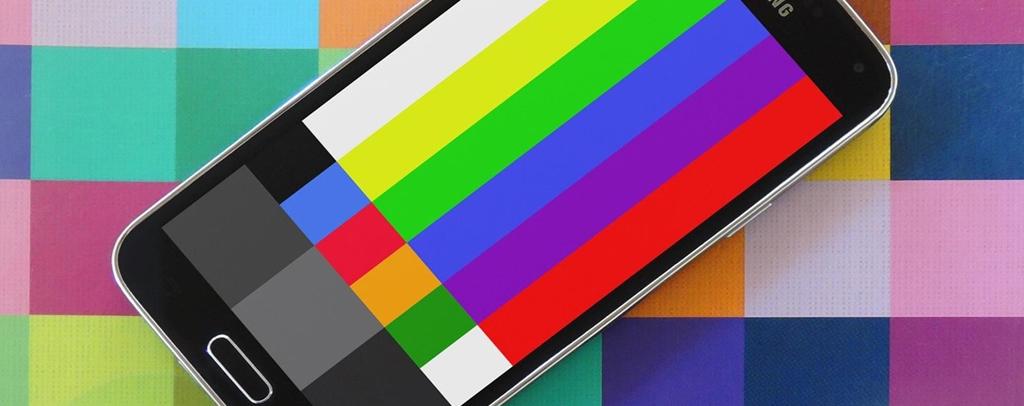
If you notice a tiny bright spot on your phone screen that disappears when you turn off the device, it’s likely a stuck pixel. A stuck pixel isn’t lighting up correctly, often displaying as white or another constant color. On the other hand, a black spot typically indicates a dead pixel, which means the pixel is no longer functioning.
How to Fix a Stuck Pixel
- Identify the Issue:
- Examine the screen closely to determine if the bright spot is just one pixel.
- If it goes away when the phone is turned off, it’s probably a stuck pixel.
- Online Tools:
- Use of JScreenFix, a website that provides tools for fixing stuck pixels. You can try to fix the problem by visiting the website and following the instructions that are on the screen.
- Expert Help: It’s advised to contact the manufacturer of your phone or an experienced repair specialist if the stuck pixel continues after using internet tools. To prevent more damage, fixing a stuck pixel requires pulling the screen off to perform more complicated servicing, which should only be done by experts.
Stuck pixels can be a minor yet annoying issue on your phone screen. Identifying whether you have a stuck or dead pixel is the first step. For stuck pixels, online tools like JScreenFix can be helpful. If these methods don’t work, seeking professional repair services is the best course of action to get your screen back to normal.
Pressure Spots on Your Phone Screen
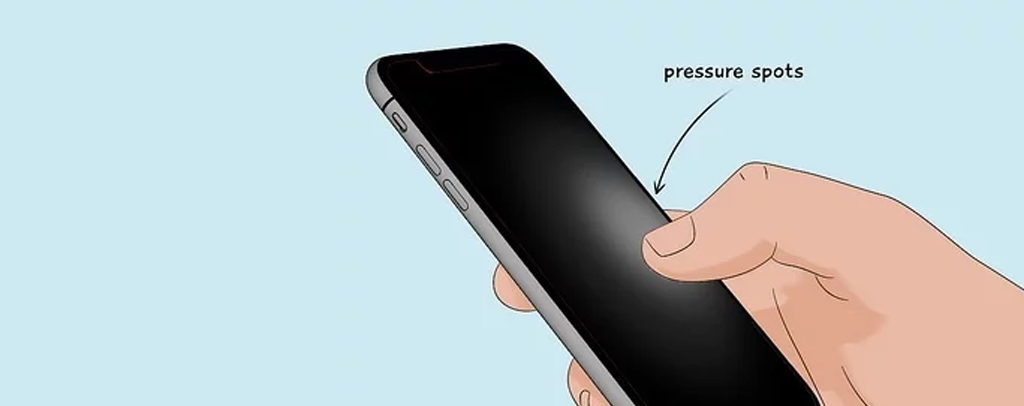
Pressure spots—bright or discolored spots—can develop on an LCD screen when you press down too hard. These spots usually show up in areas of the screen that are continuously tapped or forcefully pressed.
Identifying Pressure Spots
- Location: Verify whether the white spot can be found where you regularly press or tap.
- Appearance: Pressure spots are always discolored and may look like bright patches or white spots.
How to Fix Pressure Spots
- Avoid Further Pressure:
- Be gentle with your screen to prevent additional pressure spots. Using a stylus or tapping lightly can help to avoid further damage.
- Seek Professional Repair:
- Contact your phone manufacturer or visit a certified phone repair specialist. Fixing a pressure spot usually requires replacing the entire screen, as the damage is often irreversible and cannot be fixed through simple adjustments or settings.
- Warranty Check:
- If your phone is still under warranty, check if screen damage is covered. Many manufacturers provide repairs or replacements for screens that have developed pressure spots due to normal use.
Preventing Future Pressure Spots
- Use a Screen Protector: A good screen protector can help distribute the pressure more evenly and protect your screen from hard taps.
- Handle with Care: Avoid pressing too hard on your phone screen. Use gentle taps and avoid putting heavy objects on your device.
- Regular Maintenance: Regularly clean your screen with a soft cloth to remove any dirt or debris that could contribute to screen damage.
Pressure spots on your phone screen can be frustrating, but they are often preventable with careful handling. If you do develop a pressure spot, professional repair is usually necessary, involving screen replacement. Taking preventative measures and seeking timely repairs can help maintain your screen’s clarity and functionality.
Backlight Layer Issues on Your Phone Screen
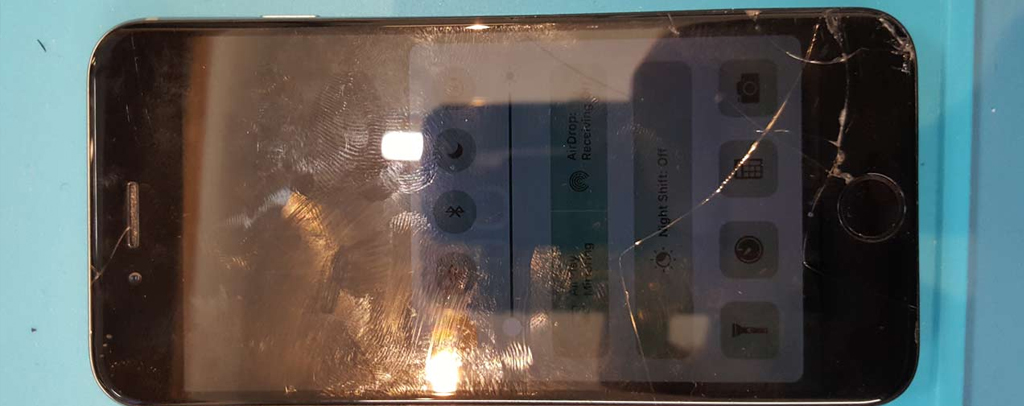
If you notice small spots on your screen that appear brighter than the rest of the display, your phone might be experiencing backlight layer issues. This problem is often caused by a component inside the phone pressing against the backlight layer, pushing it closer to the screen and making certain areas appear brighter.
Identifying Backlight Layer Issues
- Appearance: Look for small spots that are noticeably brighter, though not necessarily white.
- Location: These spots can appear anywhere on the screen and may vary in size.
Common Causes
- Internal Pressure: Internal components pressing against the backlight layer can cause brighter spots.
- Swollen Battery: A swollen battery is a common culprit that can press against the backlight layer, distorting the display.
How to Fix Backlight Layer Issues
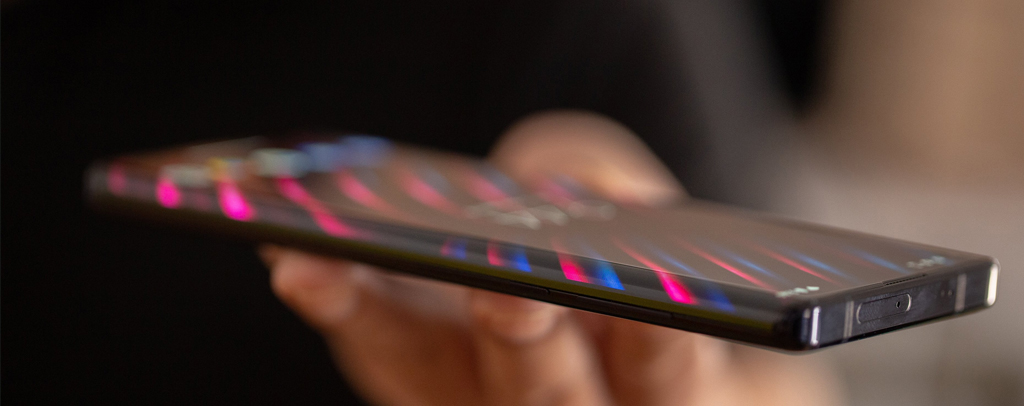
- Professional Diagnosis:
- Get in touch with the manufacturer of your phone or an experienced phone repair specialist. They can accurately identify the issue and decide whether the entire display has to be replaced or just some internal parts must be changed.
2. Fix or change:
- A technician may adjust internal parts if they are pressing on the backlight layer. In more serious situations, an upgrade of the complete display may be essential.
- For issues caused by a swollen battery, the battery will need to be replaced. If your phone is under warranty, the manufacturer may offer a replacement at no cost.
Preventing Future Issues
- Avoid Overcharging: To prevent battery swelling, avoid overcharging your phone and use a reliable charger.
- Handle with Care: Be mindful of how you handle your phone to avoid internal pressure on components.
- Regular Check-Ups: Assess your phone from time to time for any sign of damage or swelling, especially when it starts to show problems.
Problems with the backlight layer can cause some parts of your phone’s screen to show brighter than others. Internal parts or huge batteries pushing through the backlight layer are often the cause of this problem. For diagnosis and repair, it is more beneficial to get in touch with an expert. By taking steps you can make sure that the screen on your phone keeps consistent and clear and helps prevent such issues in the future.
Bent or Damaged Frame on Your Phone
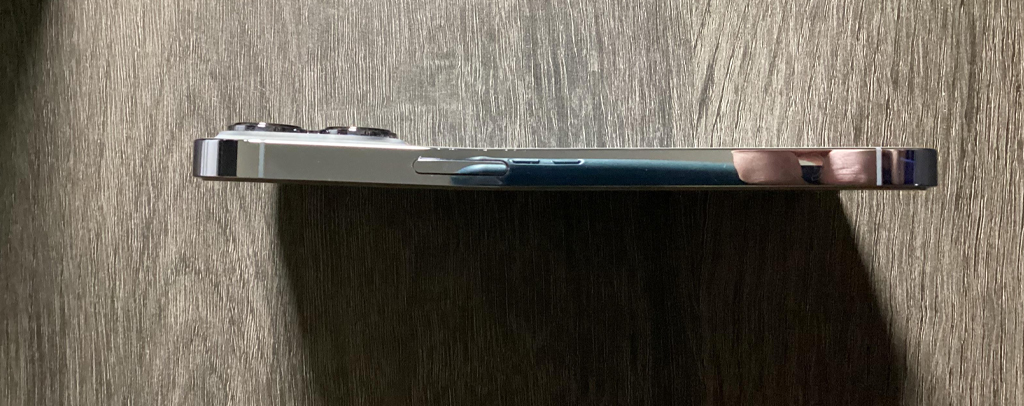
A bent or damaged frame might be the reason of your phone’s issues if you dropped it recently and have noticed bright spots or display issues. Damage to the frame might stop the screen from laying flat, which might result in bright or distorted areas of the display.
Identifying Frame Damage
- Visual Study: Have a close look at the phone’s frame to verify for any damage or bending.
- Display Problems: Be aware of any bright spots, distortion, or irregularities on the screen in any areas where the frame could be bent.
Causes of Frame Damage
- Dropping the Phone: The phone’s frame can easily bent or damaged by falling.
- Pressure or Impact: The frame may also be distorted by extreme pressure or a strong impact.
How to Fix a Bent or Damaged Frame
- Professional Repair:
- Contact the manufacturer of your phone or an authorized repair expert. They can replace or repair the frame without causing more damage because they have the knowledge and equipment needed.
- It is not advised to try to fix it yourself as this could cause more harm and void your warranty.
- Replacement Options:
- In severe cases, the frame might need to be completely replaced to ensure the screen lies flat and functions correctly.
Preventing Frame Damage
- Use a Protective Case: A sturdy case can help absorb shocks and prevent frame damage during drops or impacts.
- Handle with Care: Be mindful of how you handle your phone, avoiding placing it in situations where it might be subjected to heavy pressure or impact.
- Avoid Dropping: Use a phone grip or strap to reduce the risk of dropping your device.
A bent or damaged frame can cause significant display issues, such as bright spots or distortions on your screen. If you suspect frame damage, it’s crucial to seek professional repair from your phone manufacturer or a certified specialist. Attempting to fix it yourself can result in further damage and void your warranty. Taking preventative measures, such as using a protective case and handling your phone with care, can help avoid these problems in the future.
Read More:
How To Play iMessage Games On Android?
How To Know If An Android Blocked You On iPhone?
Dust Under Screen Protector
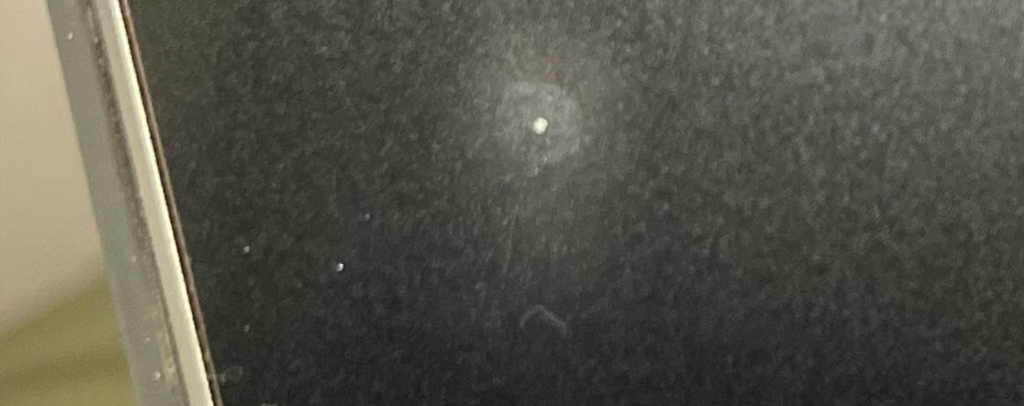
If you notice light-colored specks or bright spots on your phone screen, even when it’s off, the issue might be dust particles or air bubbles trapped under your screen protector. These small particles or air pockets can create the appearance of light spots, affecting your viewing experience.
Identifying the Problem
- Inspect the Screen Protector: Look closely at your screen protector for any air bubbles or dust particles. These can be seen as specks or bubbles on the surface.
- Appearance: Light-colored specks or bright spots that are visible even when the screen is off are a sign that something might be trapped under the screen protector.
How to Fix Dust Under a Screen Protector
- Remove the Screen Protector:
- Carefully peel off the screen protector from one corner to avoid damaging your phone screen.
- Clean the Phone Screen:
- Use a microfiber cloth to gently clean the phone screen, removing any dust, dirt, or smudges. For stubborn particles, you can use a small amount of screen cleaner or a mixture of water and isopropyl alcohol.
- Replace the Screen Protector:
- Apply a new screen protector. Make sure to do this in a clean, dust-free environment to prevent any new particles from getting trapped.
- Start by aligning the protector with your screen, then gradually press it down, smoothing out any air bubbles with a credit card or similar tool.
Tips for a Dust-Free Application
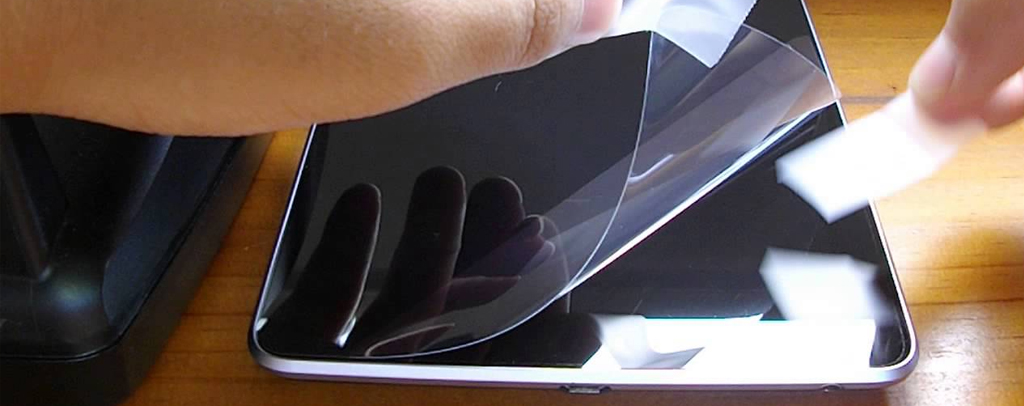
- Choose a Clean Environment: Apply the screen protector in a clean area, free from dust, dirt, pet hair, or other airborne particles.
- Use a Dust Remover: Before applying the screen protector, use a dust remover or a piece of adhesive tape to pick up any remaining dust particles from the screen.
- Patience is Key: Take your time to align the screen protector properly and smooth out any bubbles or dust particles carefully.
Light-colored specks or bright spots on your phone screen might be caused by dust or air bubbles trapped under the screen protector. By carefully removing the screen protector, cleaning the screen, and applying a new one in a dust-free environment, you can resolve this issue and restore your screen’s clarity. Taking these steps will help ensure a clean, smooth application, free of distracting particles or bubbles.
How Dangerous Can White Spots on Smartphone Screens Be?
Based on the images you’ve shared, it appears there might be pressure or an object affecting the back of your LCD screen, causing distortion. Fortunately, this issue might resolve on its own over time and is unlikely to spread further across the screen. If you’re considering a fix, you’d need to open the device and remove the object causing pressure. However, be cautious, as attempting this yourself could potentially cause more harm than good, especially for what seems like a minor issue presently.
Understanding these factors can help you manage and potentially resolve white spots on your smartphone screen effectively, ensuring optimal performance and longevity of your device.
Some Essential things you should know about phone screen issues:
Here are some important considerations regarding common screen issues and their remedies:
- Stuck Pixel: If you notice a single white speck on your screen, it’s probably a stuck pixel. This issue can often be resolved using a stuck pixel fixer tool available online, which helps to stimulate the pixel and potentially restore its functionality.
- Professional Repairs Needed:
- Pressure Spot: Pressing too hard on your screen can create pressure spots, which appear as bright areas. These require professional repair to avoid further damage.
- Backlight Layer Issue: Issues with the backlight layer, often indicated by brighter spots on the screen, necessitate professional attention to reposition internal components or replace damaged parts.
- Bent Frame: A bent or damaged phone frame can cause display issues like bright spots. Repairing or replacing the frame should be done by a certified technician to ensure proper alignment and functionality.
- Screen Protector Care: Check your screen protector regularly for air bubbles, which can lead to bright spots on your screen. Proper installation in a clean, dust-free environment is crucial to prevent these issues from occurring. If air bubbles are present, carefully remove the screen protector, clean the screen, and reapply a new one to maintain clarity and protect your screen from damage.
Understanding these factors can help you identify and address screen issues effectively, ensuring optimal performance and longevity for your device.
Frequently Asked Questions
Why does my phone screen have a tiny white dot/spot? Does it get bigger over time?
There are several reasons why you notice white spots on your phone’s screen. Screen spots can be generated by using your phone while it is charging, which is one common reason. Fortunately, if you avoid using your phone in these situations, these generally don’t get bigger over time. White spots can also be caused by physical damage, such as cracks or spots of ink.
Can overheating cause a white screen?
Yes, overheating, always from activities like gaming, can cause issues like the White Screen of Death.
Why is there a white spot on my screen?
Your screen may have white spots as a result of physical impact, liquid ingress, dead pixels, pressure, or screen damage.
How to fix pressure spots on a phone screen?
Lower pressure is the first step towards fixing pressure spots on your phone screen. Consider any tight cases or screen protectors, and try not to press the screen. Let the screen time come back on as it should.
Bottom Line:
Understanding and addressing white spots on your mobile screen involves identifying the specific issue, whether it’s a stuck pixel, pressure spot, backlight layer problem, frame damage, or dust under the screen protector. For minor issues like stuck pixels, online tools can often help, while more significant problems like pressure spots or backlight issues require professional repair. Taking preventive measures, such as using a screen protector and handling your phone with care, can help maintain screen clarity and prevent future issues. Always consider professional help for more complex screen problems to avoid potential damage to your device.
